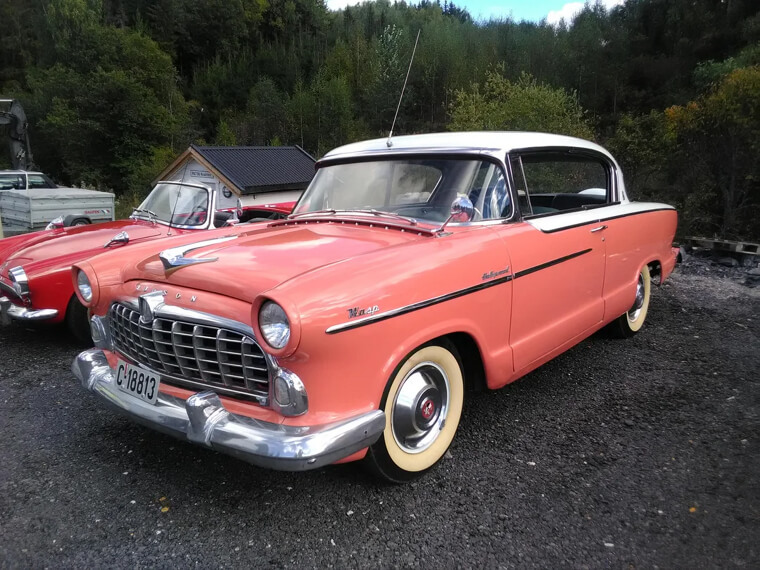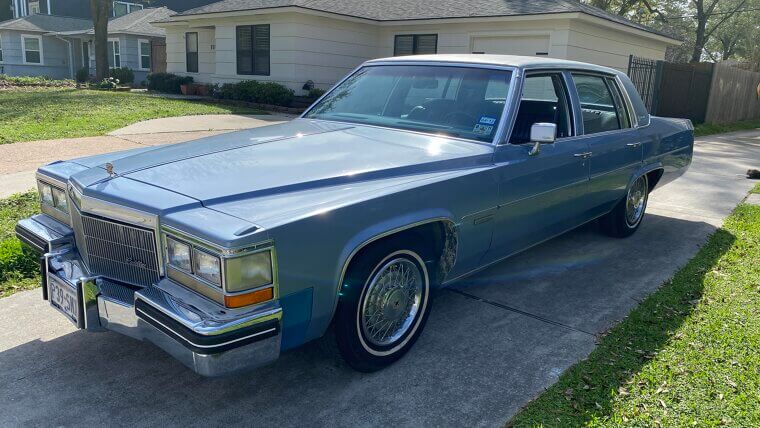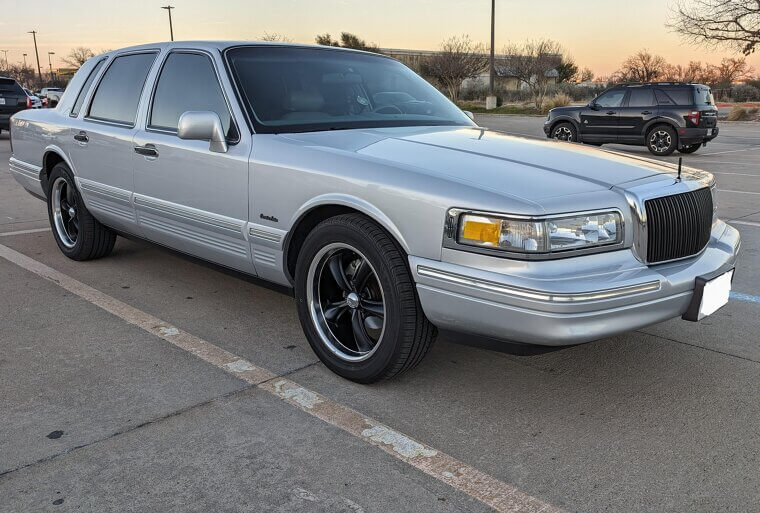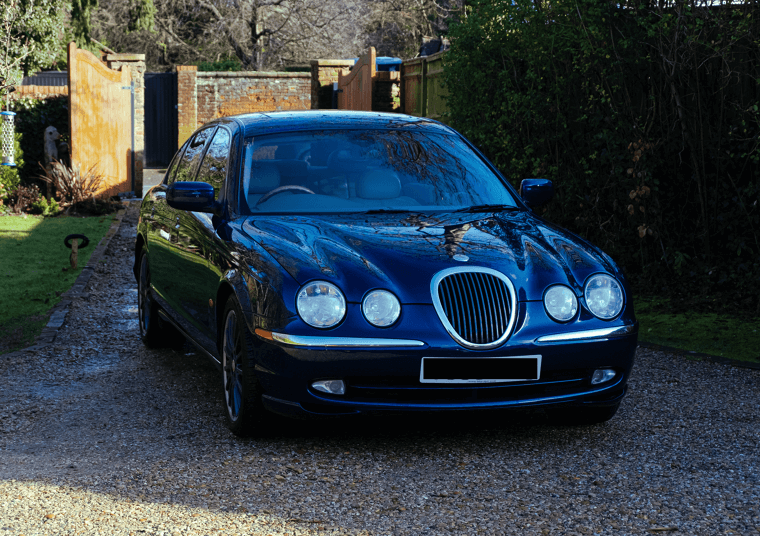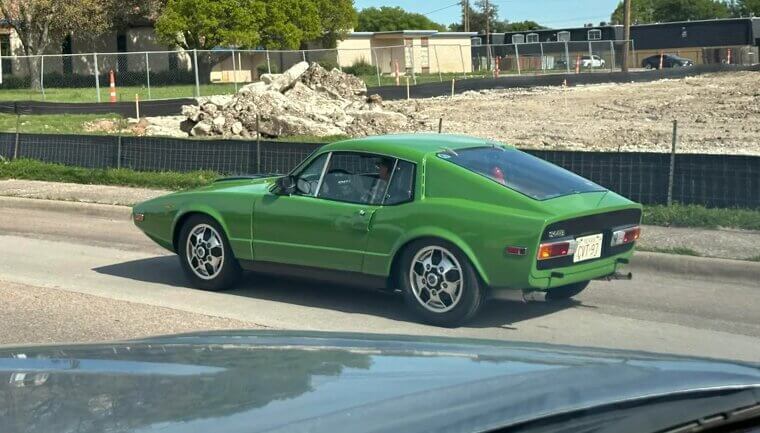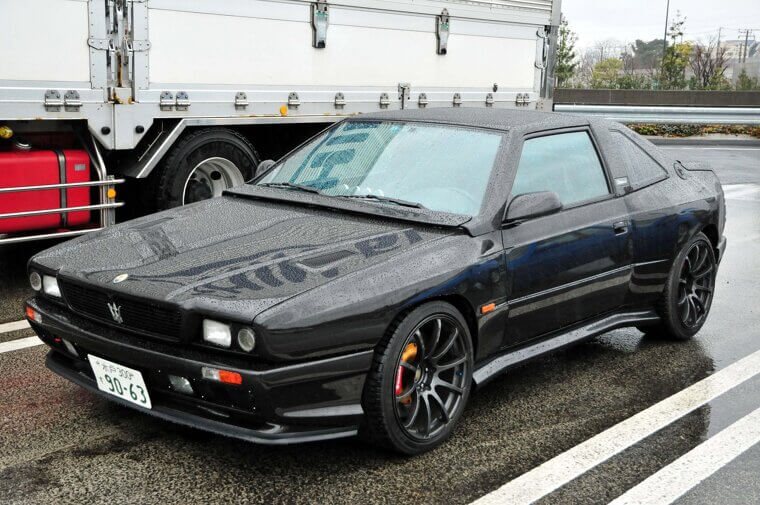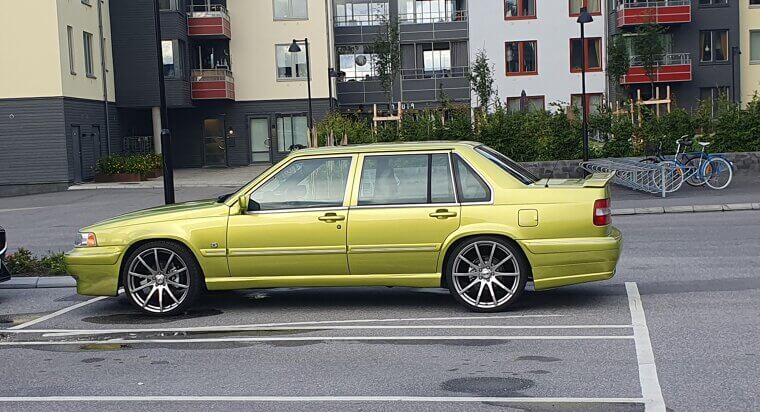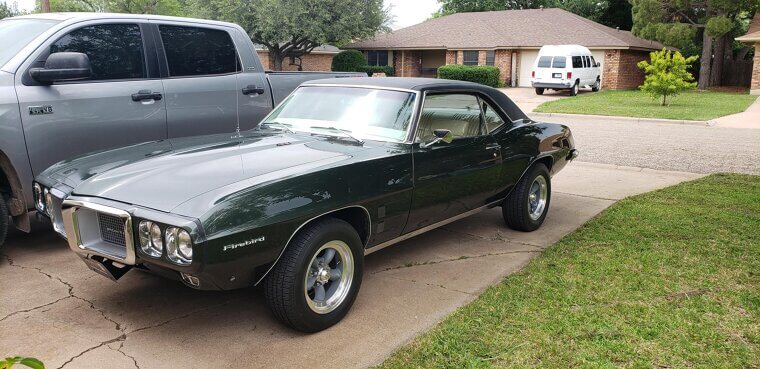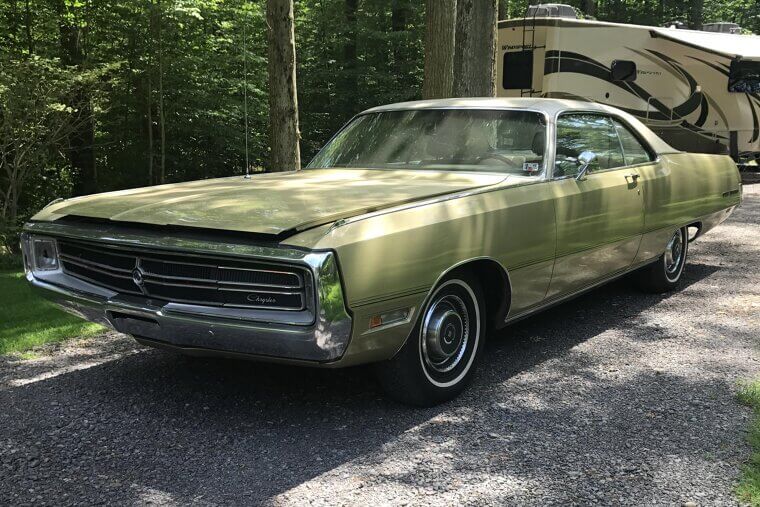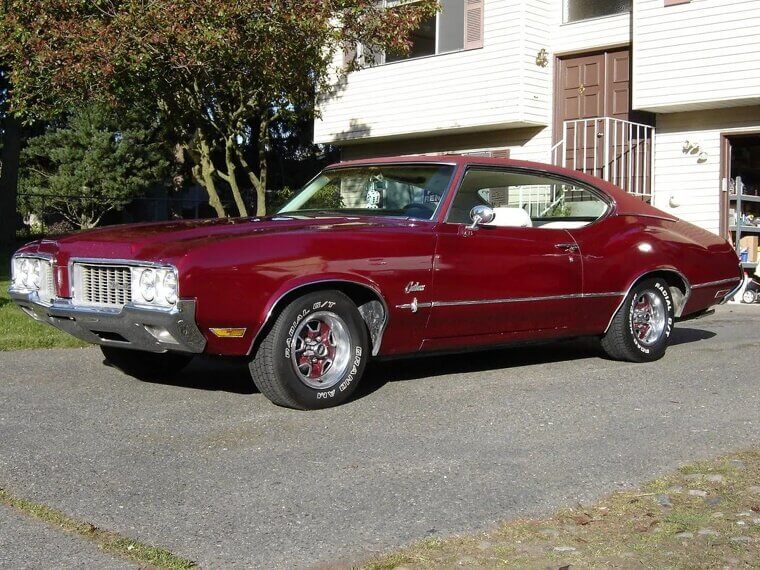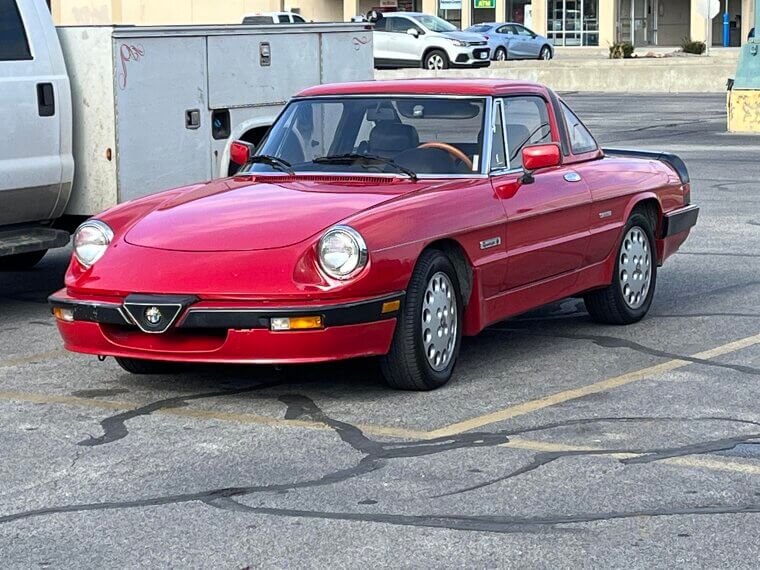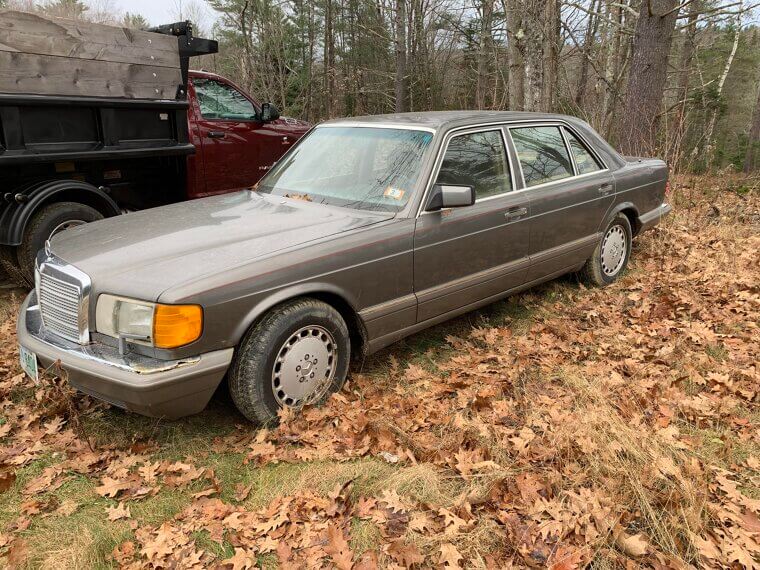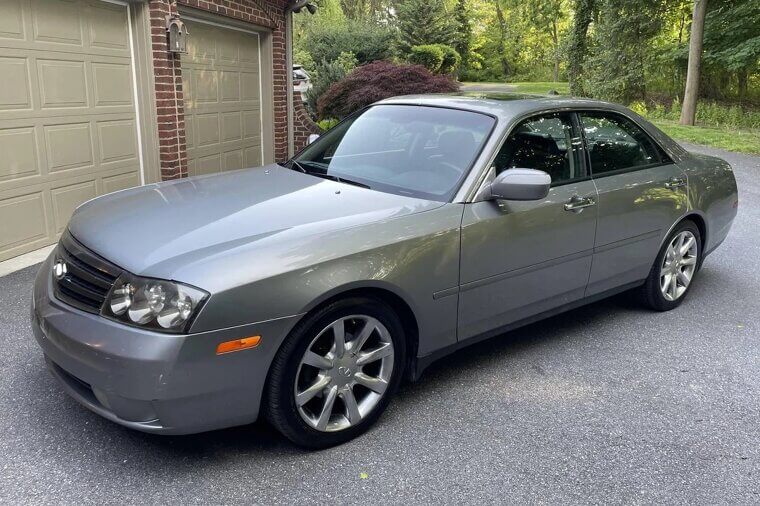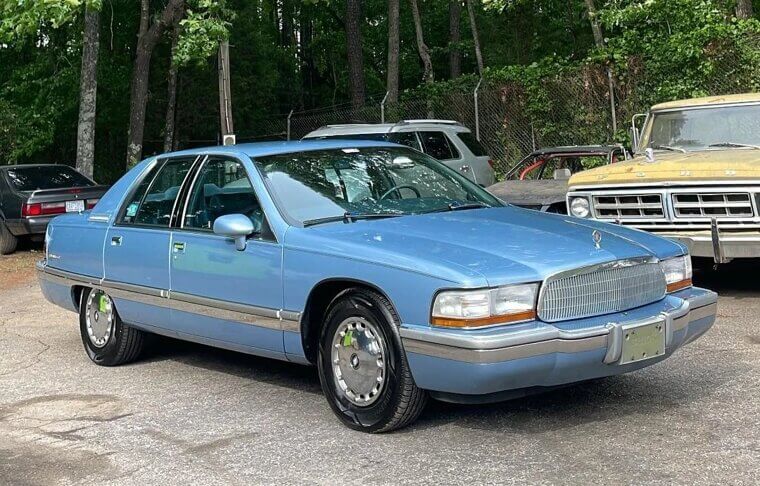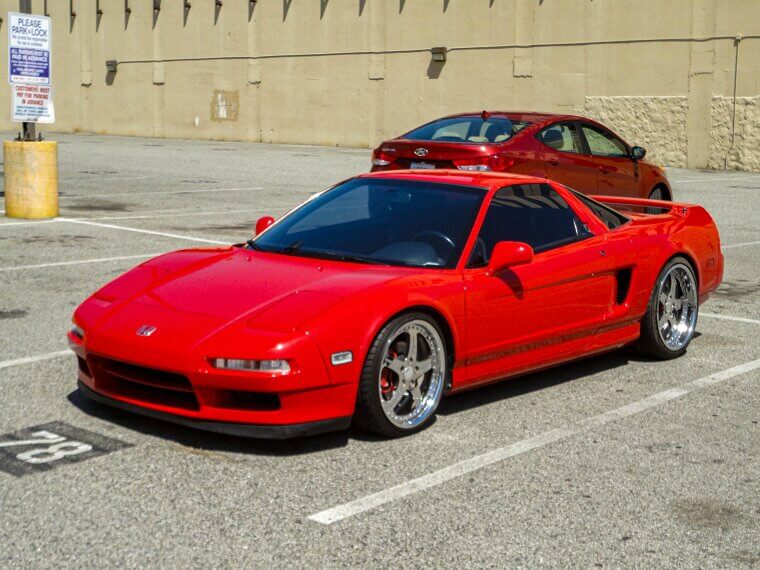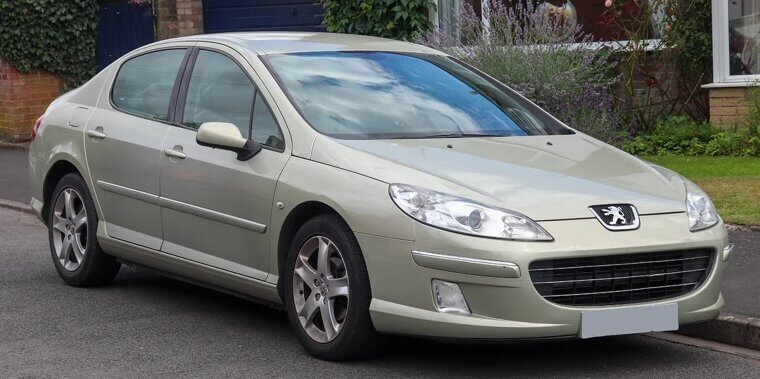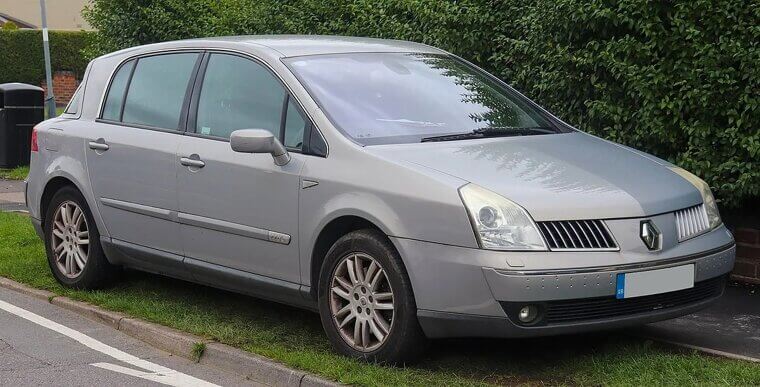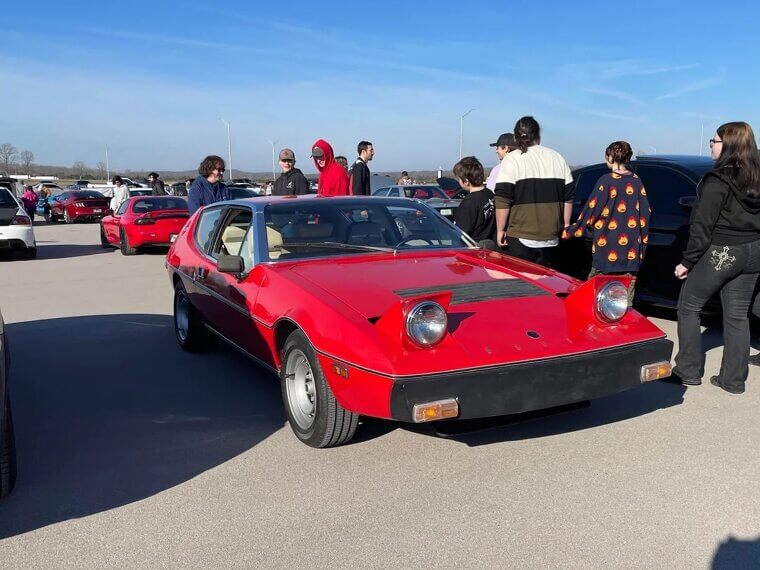These Brands Were Once Too Hot to Trot but Are Now Lost in The Crowd
Once upon a time, certain car brands knew exactly who they were, and so did we. They had a style, a spirit, and a signature you could spot from a mile away. Then something changed. Whether it was chasing trends, cutting corners, or losing their spark, these 20 once-hot brands drifted from their roots.
Cadillac
Cadillac was once the gold standard for American luxury. It was known for over-the-top chrome, lavish interiors, and V8 engines. Then came decades of trying to be "sporty" like the Europeans, which diluted its very identity. It is now stuck between chasing trends and trying to rediscover its luxury cruising past.
Lincoln
Lincoln stood proudly beside Cadillac as the epitome of American comfort. But that was before it got lost in badge-engineering with rebadged Fords and uninspired SUVs. Though what they are trying lately shows some promise, its unique identity has been overshadowed by a mediocre luxury crossover image.
Jaguar
From the elegance of the E-Type to luxury sedans of the '90s, Jaguar radiated British charisma, and we ate it up. But as Jaguar chased BMW and Mercedes, it created bland designs, reliability nightmares, and we witnessed a loss of its hand-built magic. Now, its sedans are disappearing and it’s betting on SUVs, which is a far cry from its sports car roots.
Saab
Saab produced quirky, aircraft-inspired vehicles for intellectuals and nonconformists. Once General Motors owned them, the quirkiness diminished into bland, platform-shared models. The unique engineering and oddball styling that made Saab special were stripped away, leaving it just another generic face in the parking lot. And it remained as such until it completely disappeared.
Maserati
Maserati once meant exotic Italian grand tourers with throaty engines and stunning style. Then came a wave of parts-sharing, quality issues, and a push towards “entry-level luxury” sedans and SUVs. The brand’s exclusivity faded, replaced with models that felt more like expensive badge jobs than true exotics.
Volvo
Volvo’s boxy, safe wagons were so distinct that they became pop culture icons. But in trying to be sleek and modern, the brand abandoned much of that charming quirkiness. While still safe and well-built, today’s Volvos feel like they’re competing with BMWs rather than embracing their own unique, practical character.
Pontiac
Pontiac was once the performance wing of GM. Then it drifted into a sea of bland sedans and plastic-heavy styling. The final years felt like a shadow of its muscle car glory, ending with a whimper in 2010 instead of a roar.
Chrysler
Chrysler used to make stylish, upscale cars at a good price. Unfortunately, the brand had decades of inconsistency, giving us forgettable sedans, questionable build quality, and a shrinking lineup. The 300 sedan was a bright spot, but beyond that, the brand has struggled to define itself beyond “occasional minivan builder.”
Oldsmobile
Oldsmobile had a long history of innovation. However, by the ‘90s, it was a badge-engineered brand with no clear audience. Once a pioneer, it faded away and was quietly killed by GM in 2004.
Alfa Romeo
Alfa's combination of Italian beauty and driving passion used to get people's hearts racing. Unfortunately, years of unreliable, poorly manufactured cars and long absences from key markets wore that away. Recent models show promise, but the brand has long been diluted by decades of mistakes.
Lancia
From rally dominance to luxury sedans, Lancia had style and engineering. Then Fiat gutted it and rebranded Chryslers as Lancias in Europe, which alienated the fans and erased the sporty, innovative DNA. Now it’s a shadow of itself with only a single city car left.
Mercedes-Benz
It sounds weird, but Mercedes’ bulletproof reputation from the ‘70s to the ‘90s gave way to cost-cutting, electronics overload, and reliability issues. While still a luxury giant, it sometimes feels more like a tech brand chasing trends than the rock-solid carmaker it once was.
Infiniti
Infiniti launched with striking, driver-focused sedans that stood out in the luxury crowd. Then it lost focus, churning out forgettable crossovers and abandoning performance. The brand’s image has blurred to the point where many buyers can’t even define what Infiniti stands for anymore.
Buick
Buick’s American luxury once appealed to dignified, older buyers. Then it tried to attract younger customers with rebadged Opels and crossovers. While it sells well in China, in the U.S., the brand’s personality is muddled; neither fully premium nor entirely mainstream.
Acura
In the late ‘80s and ‘90s, Acura gave us the NSX, Integra, and Legend, which were sharp, stylish, and fun. Then came years of bland sedans and confusing model names, erasing much of that early excitement. It’s slowly recovering, but the good old days feel far away.
Mitsubishi
Mitsubishi was once a rally champion with the Evo and a sporty brand image. Today, it’s mostly about budget crossovers, with few exciting models in sight. The adventurous, performance-driven identity that made enthusiasts take notice is gone for good.
Peugeot
Peugeot used to build fun, stylish, and affordable cars with a French flair. Years of cost-cutting, bland designs, and retreat from key markets dulled its personality. It’s making a comeback in Europe, but much of the world still remembers it as a faded nameplate.
Renault
From quirky hatchbacks to turbocharged rally legends, Renault had character to spare. Then it went safe, predictable, and mass-market. While still strong in Europe, it’s lost much of the charm and daring engineering that made it special.
Fiat
Fiat was once Italy’s car-for-the-people, with small, stylish cars full of character. Then it became known for reliability issues and inconsistent lineups. The brief return to the U.S. with the 500 failed, and now the brand is struggling to find its place beyond niche city cars.
Lotus
Lotus built its reputation on lightweight, razor-sharp sports cars. Now, it’s trying to survive by moving toward heavy electric SUVs. While the tech is cool, the brand’s identity as the king of lightness is getting lost in the move to bigger, heavier cars.

